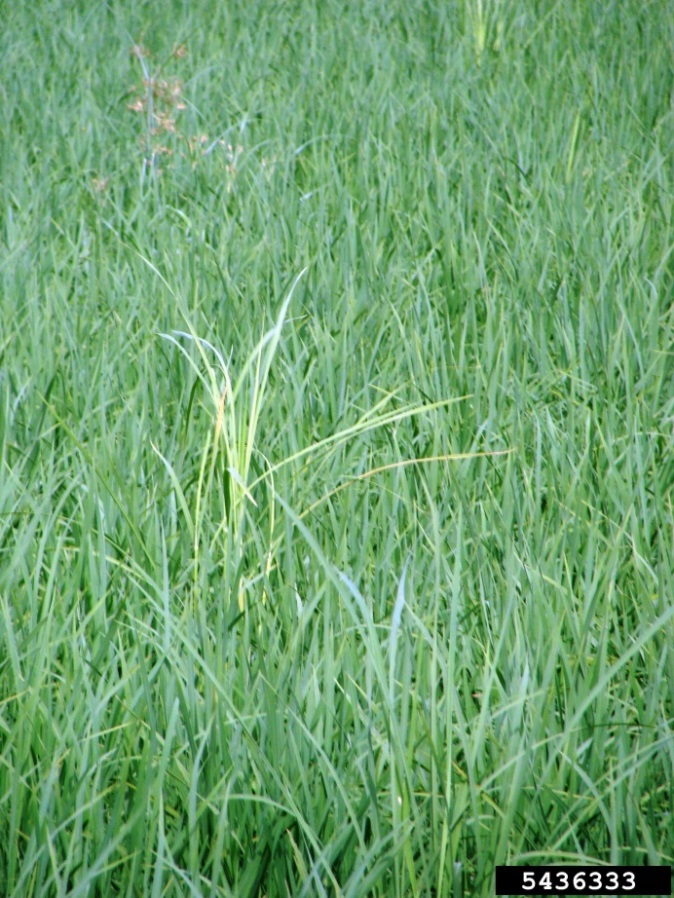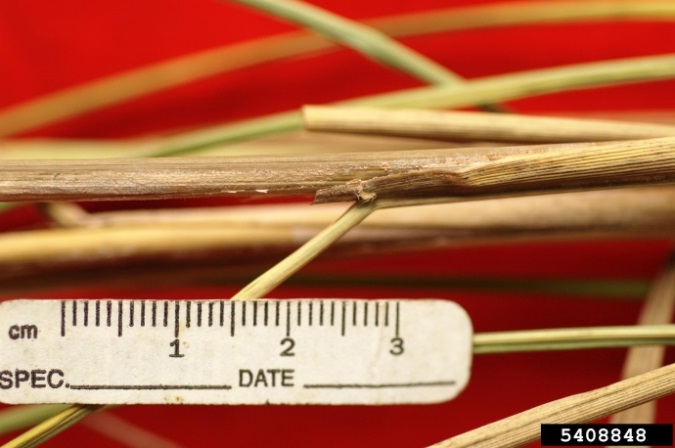
Bakanae
| Primefact number | Edition | Published | Author |
|---|---|---|---|
| 1216 | Second | Apr 2017 | Plant Biosecurity and Product Integrity |


Bakanae is a fungal disease caused by Gibberella fujikuroi.
Bakanae is conspicuous as a seedling disease but it can be observed throughout the growing season.
Bakanae (Gibberella fujikuroi) is an exotic plant pest not present in Australia. This disease is a serious threat to Australia’s rice industry.
Notifiable status
Bakanae (Gibberella fujikuroi) is a notifiable plant disease in NSW.
All notifiable plant pests and diseases must be reported within 1 working day. You can report notifiable plant pests and diseases by one of the following methods:
- Call the Exotic Plant Pest Hotline 1800 084 881
- Email biosecurity@dpi.nsw.gov.au with a clear photo and your contact details
- Complete an online form
A full list of notifiable plant pests and diseases can be found in Schedule 2 of the NSW Biosecurity Act 2015.
Symptoms
The first symptoms of bakanae are infected seedlings that appear to be elongated, thinner and slightly yellow when compared with healthy green seedlings (Figure 1).
Infected seedlings can be up to three times taller than healthy seedlings and are often visible standing above healthy plants. Infected seedlings may progressively die from the seedling stage through to maturity.
If infected plants survive to maturity the flag leaf is noticeable by its elevated and more horizontal orientation. Panicles which are produced are usually sterile.
The fungus infects the stems of plants (Figure 2).
After water is drained from the crop pink to white fungal growth becomes evident at the base of infected plants. This cottony growth produces spores which contaminate the outside of healthy seeds during harvest.
Disease cycle
Bakanae is primarily a seed borne disease.
The fungus can overwinter as spores on the surface of rice seeds.
Severely infected grain may be discoloured. In contrast to showing elongated growth symptoms typical of bakanae, discoloured seeds give rise to stunted seedlings.
Infected seeds which are not discoloured produce seedlings with typical bakanae symptoms.
Cross infection may occur if water contaminated with fungal spores and mycelium is used for soaking seeds to stimulate germination before sowing.
Symptom development is affected by temperature. Symptoms do not appear below 20oC. The optimum temperature for disease development is 35oC.
Hosts
Primary hosts of bakanae are rice (Oryza sativa), maize (Zea mays), sorghum (Sorghum spp.) and sugarcane (Saccharum officinarum).
Distribution
Bakanae is widespread in all rice growing countries of the world except Australia.
Bakanae is not present in Australia.
Actions to minimise risks
Put in place biosecurity best practice actions to prevent entry, establishment and spread of pests and disease:
- practice “Come clean, Go clean”
- ensure all staff and visitors are instructed in and adhere to your business management hygiene requirements
- source propagation material of a known high health status from reputable suppliers
- keep records

